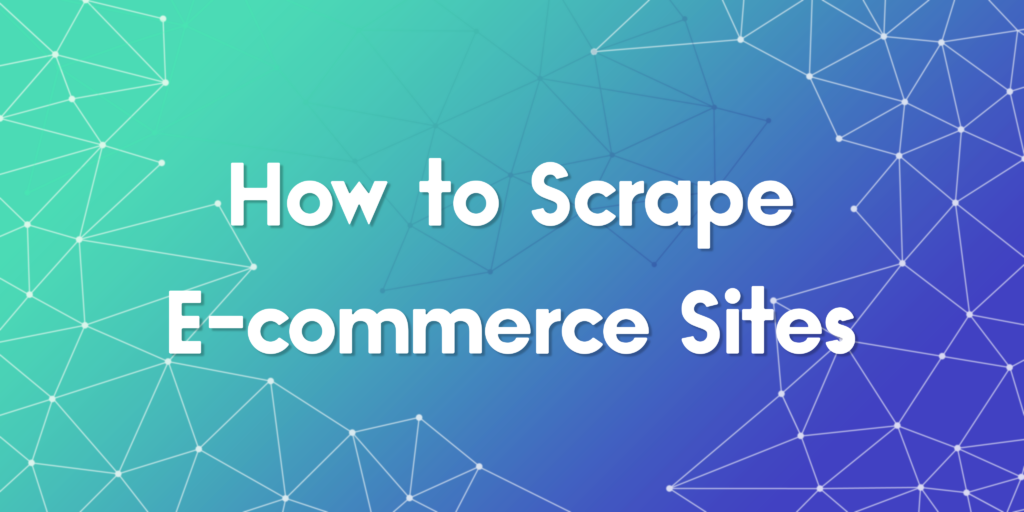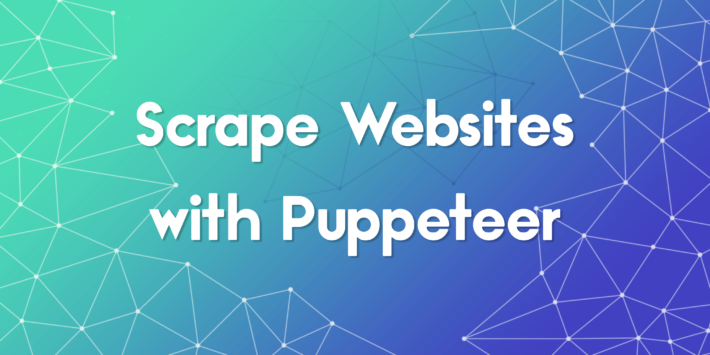How to Scrape E-commerce Sites with Python Efficiently

Scrape e-commerce sites with Python effectively and efficiently by mastering anti-bot countermeasures, pagination strategies, proxy rotation, and structured data handling. This tutorial provides developers with a complete technical walkthrough on how to scrape web content from online stores, overcome rate limits, handle CAPTCHAs, and use residential proxies with unlimited bandwidth. You will see exactly how to implement each technique through clean and applicable code examples suitable for both small- and large-scale scraping tasks.
Why Developers Scrape E-commerce Sites with Python
Scrape e-commerce sites with Python when you need access to structured product data, price tracking, inventory updates, or competitor insights. Python excels in scraping workflows due to its rich ecosystem of scraping, parsing, and automation libraries. E-commerce scraping allows teams to build dashboards, product search engines, and real-time alert systems from public web data.
- Python simplifies request management and HTML parsing
- Scrapy and Selenium allow scraping dynamic content
- Residential proxies with unlimited bandwidth increase reliability
- Auto-rotation techniques prevent detection and blocking
Environment Setup and Required Libraries
To scrape web pages successfully, start by installing the key packages. Use the following commands to set up your environment:
# Environment Setup pip install requests beautifulsoup4 lxml selenium pandas undetected-chromedriver
If you’re planning on scaling with Scrapy:
pip install scrapy # For scaling with Scrapy
These libraries provide support for parsing HTML, browser simulation, and managing data output in useful formats like CSV or JSON.
Scrape E-commerce Sites with Python Using Requests and BeautifulSoup
This example demonstrates how to scrape a product listing page using static HTML parsing with Requests and BeautifulSoup.
# Static HTML Parsing with Requests and BeautifulSoup import requests from bs4 import BeautifulSoup url = "https://example.com/products" headers = { "User-Agent": "Mozilla/5.0" } response = requests.get(url, headers=headers) soup = BeautifulSoup(response.text, "lxml") for item in soup.select(".product-card"): title = item.select_one(".product-title").text.strip() price = item.select_one(".price").text.strip() print(title, price)
This approach works well for basic pages that do not rely on JavaScript to render content.
Scrape E-commerce Sites with Python That Use JavaScript
When product listings are rendered via JavaScript, use Selenium and a headless browser. Below is a simple implementation using undetected-chromedriver to evade CAPTCHAs.
# Dynamic Content with Selenium import undetected_chromedriver as uc options = uc.ChromeOptions() options.headless = True driver = uc.Chrome(options=options) driver.get("https://example.com/products") driver.implicitly_wait(5) titles = driver.find_elements("css selector", ".product-title") for title in titles: print(title.text) driver.quit()
This method allows you to interact with dynamic content such as infinite scroll, lazy-loaded images, and client-side pagination.
How to Handle CAPTCHAs and Rate Limits When You Scrape Web Content
To scrape e-commerce sites with Python at scale, you must address CAPTCHAs and rate limits. These countermeasures are triggered by too many requests from the same IP or user-agent. Here are tactics that work:
- Randomize User-Agent strings across requests
- Introduce randomized time delays between calls
- Use session objects to maintain cookies
- Switch IPs using residential proxies with unlimited bandwidth
CAPTCHAs are best handled with headless browsers and services that specialize in solving them. Selenium and human-in-the-loop CAPTCHA solvers are often used in combination for higher success rates.
Using Residential Proxies with Auto-Rotation in Python
Residential proxies are critical when you scrape e-commerce sites with Python repeatedly. These proxies mimic real users and avoid quick bans. The following code shows how to rotate through multiple proxy servers using Python’s requests module.
# Proxy Rotation Example import requests import random proxy_pool = [ "http://user:pass@proxy1.proxytee.com:10001", "http://user:pass@proxy2.proxytee.com:10002", "http://user:pass@proxy3.proxytee.com:10003" ] def get_proxy(): proxy = random.choice(proxy_pool) return {"http": proxy, "https": proxy} url = "https://example.com/products" headers = {"User-Agent": "Mozilla/5.0"} response = requests.get(url, headers=headers, proxies=get_proxy()) print(response.status_code)
Auto-rotation of IPs is a must-have feature when building scrapers for high-volume data collection. Some providers like ProxyTee offer residential proxies with unlimited bandwidth which work well with this setup.
Paginating Through Product Listings
Most online stores use pagination to separate products across multiple pages. The code below demonstrates how to loop through pages and stop when there are no more results.
# Pagination Handling base_url = "https://example.com/products?page=" page = 1 while True: url = base_url + str(page) response = requests.get(url, headers=headers, proxies=get_proxy()) if "No more products" in response.text: break soup = BeautifulSoup(response.text, "lxml") for item in soup.select(".product-card"): print(item.select_one(".product-title").text.strip()) page += 1
Pagination logic must also include retry mechanisms and exception handling for long-term scraper stability.
Scrape E-commerce Sites with Python Using Scrapy Framework
Scrapy is ideal when you need to scale scraping projects with built-in auto-throttling, pipeline support, and middleware for proxy handling. Below is a basic spider that crawls products with pagination.
# Scrapy Spider Example import scrapy class ProductSpider(scrapy.Spider): name = "products" start_urls = ["https://example.com/products?page=1"] def parse(self, response): for item in response.css(".product-card"): yield { "title": item.css(".product-title::text").get().strip(), "price": item.css(".price::text").get().strip() } next_page = response.css("a.next::attr(href)").get() if next_page: yield response.follow(next_page, self.parse)
Scrapy supports integrating residential proxies and auto-rotation by editing settings.py or custom middleware.
Exporting Scraped Data for Reuse
Scraping is not complete until the data is stored in a usable format. Developers often export data to CSV or JSON for post-processing, dashboards, or feeding into machine learning pipelines. Here’s an example using Pandas:
# Data Export with Pandas import pandas as pd items = [ {"title": "Product A", "price": "$10"}, {"title": "Product B", "price": "$12"} ] df = pd.DataFrame(items) df.to_csv("products.csv", index=False)
You can also write to databases like MongoDB or PostgreSQL when dealing with large volumes of structured product data.
Best Practices When You Scrape Web Content from E-commerce Sites
Always follow legal and ethical scraping practices. While scraping public data is allowed in many jurisdictions, here are guidelines developers should follow:
- Always check the site’s robots.txt
- Respect crawl delays and access limits
- Use proxies to distribute requests evenly
- Avoid login-restricted or paid content unless you have access
Building respectful scrapers ensures long-term success and reduces the risk of IP bans or legal issues.
What to Explore After You Scrape E-commerce Sites with Python
After learning how to scrape e-commerce sites with Python, consider integrating your data into dashboards, visualizers, or data pipelines. You can schedule scrapers using cron jobs, deploy them on cloud functions, or even train models using scraped data. More advanced developers may explore browser fingerprint spoofing, ML-based CAPTCHA detection, and headless browser orchestration tools like Playwright. The techniques and examples in this article should give you a strong foundation to build production-ready scrapers that are resilient and efficient.
Short description: Scrape e-commerce sites with Python using rotating proxies, CAPTCHA evasion, and pagination handling to collect structured product data at scale.


